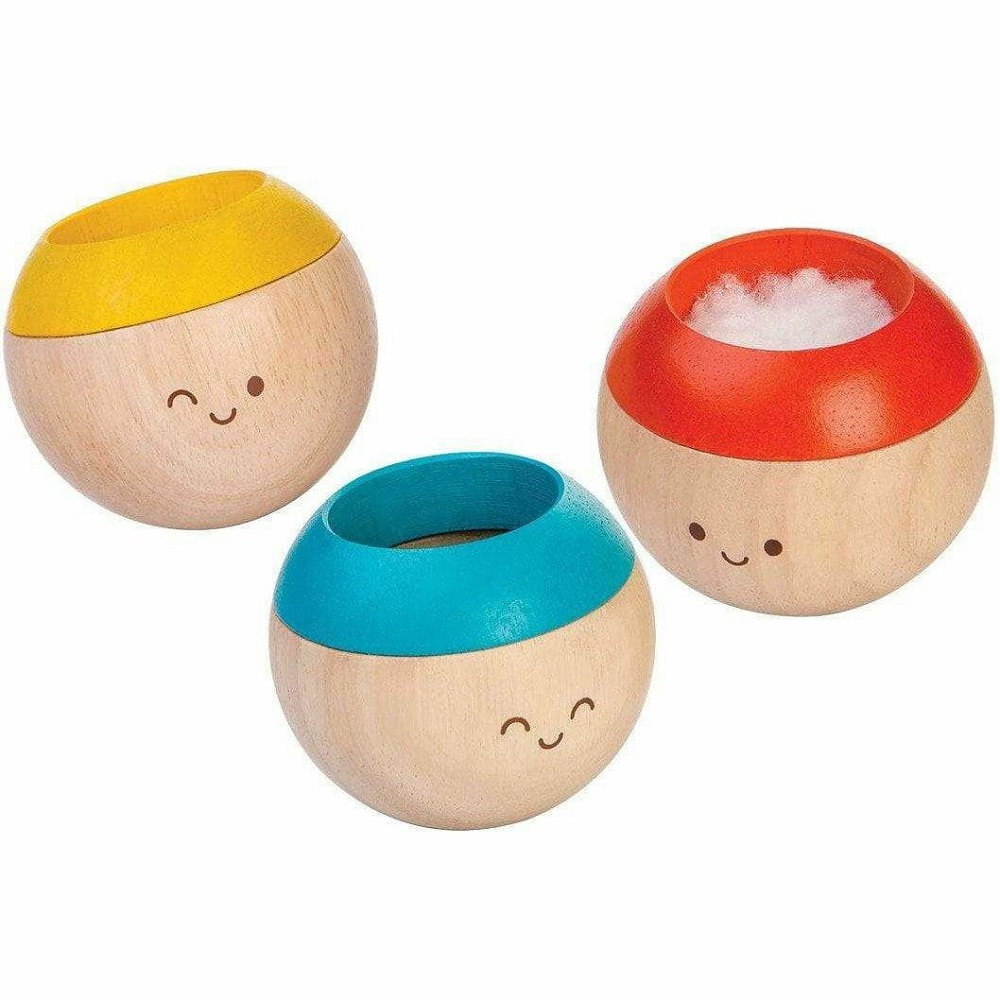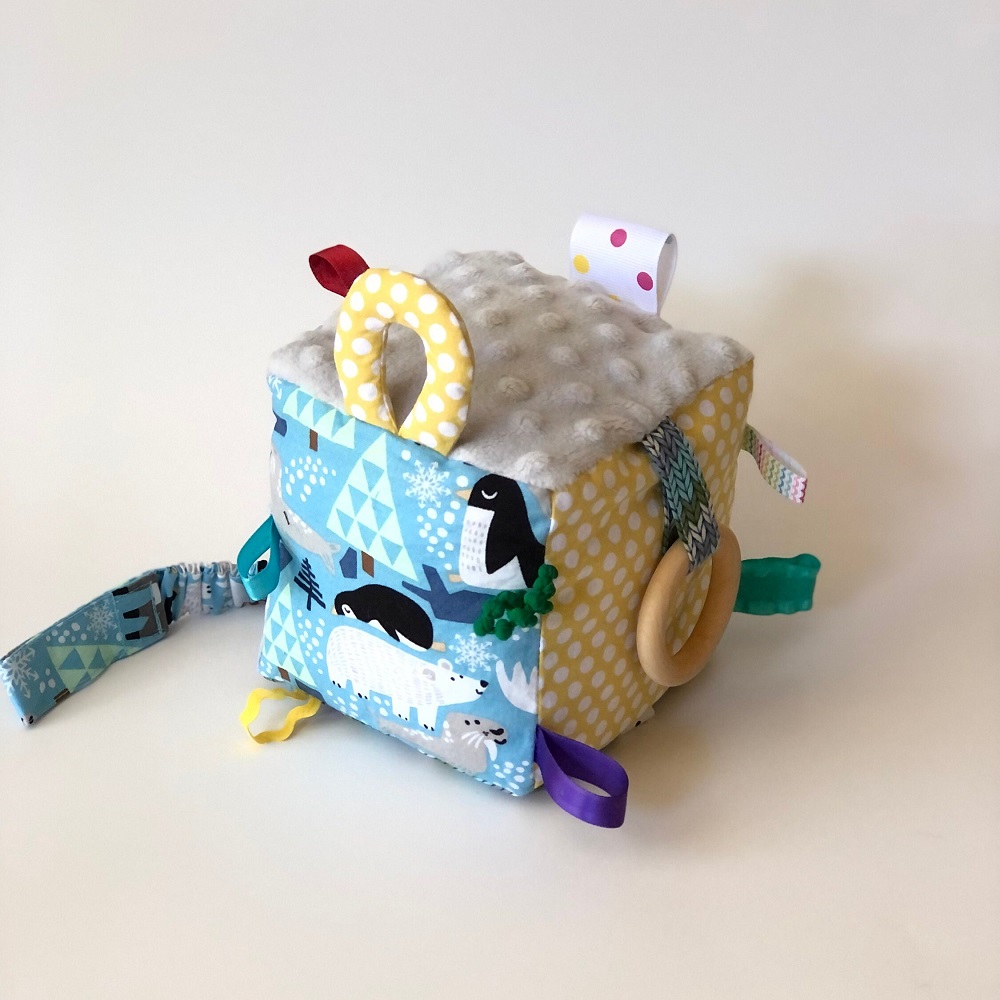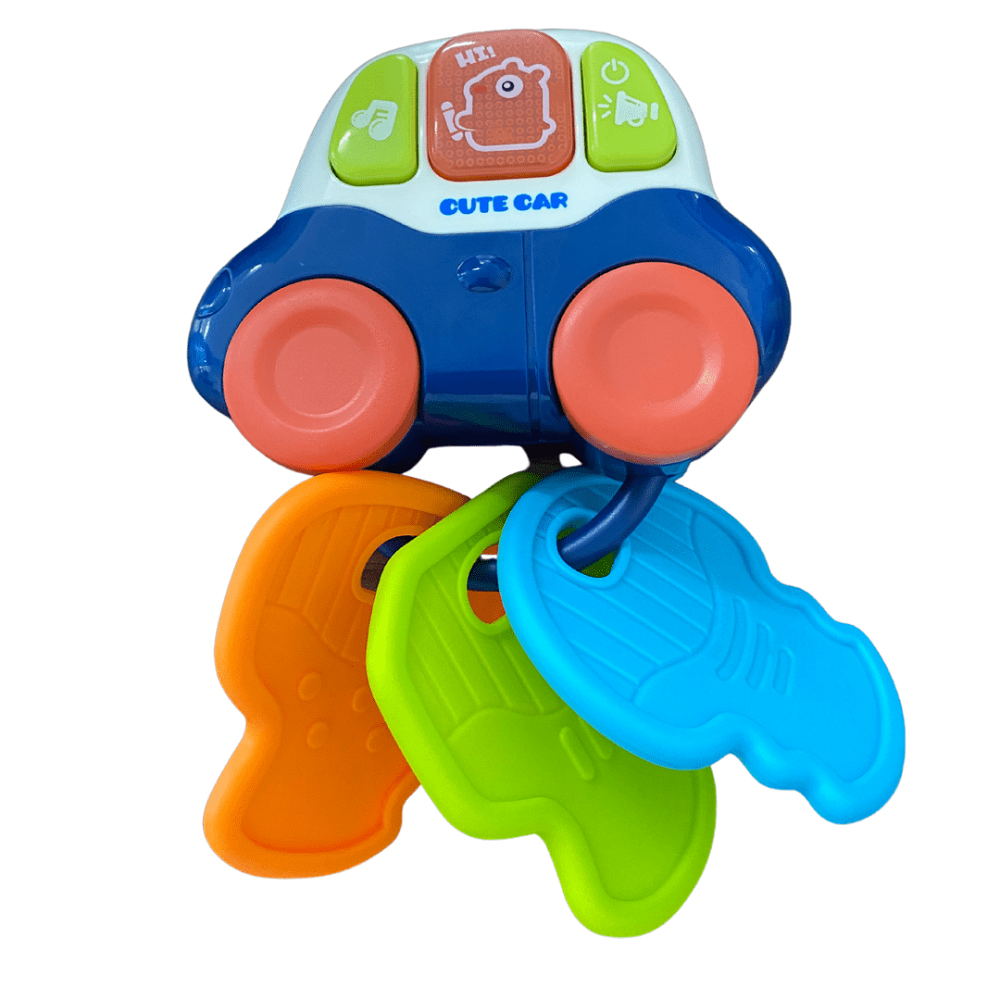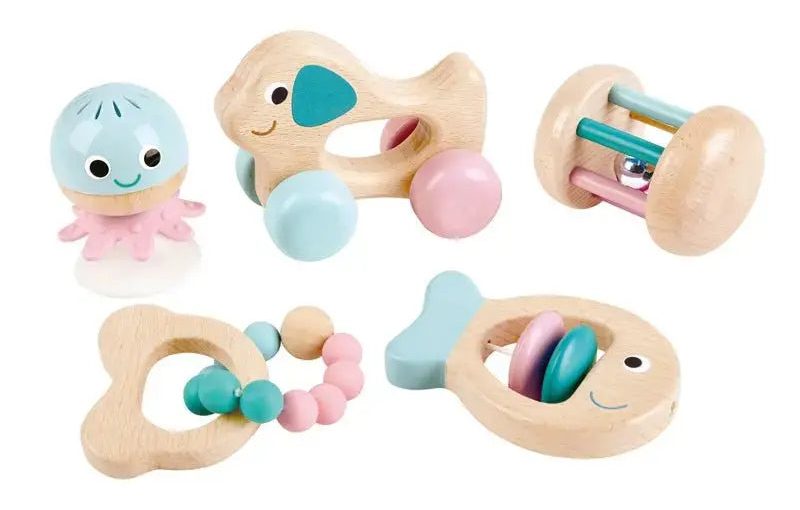As parents and caregivers, it is essential to provide infants with toys that stimulate their senses and support their development. Sensory baby toys play a crucial role in fostering exploration, creativity, and cognitive growth. These toys offer a variety of textures, colors, sounds, and movements that engage babies and encourage them to explore their environment. However, with numerous options available on the market, choosing safe and engaging sensory baby toys can feel overwhelming. This article provides essential tips to help you select the right sensory toys for your little one, ensuring a delightful and enriching play experience.
Understanding Sensory Play and Its Importance
What Is Sensory Play?
Sensory play refers to activities that engage a child’s senses: touch, sight, hearing, taste, and smell. For babies, sensory play is essential for brain development. The first few years of life are when sensory pathways are rapidly formed. Engaging with sensory experiences through toys fosters neural connections that are vital for problem-solving, language acquisition, and social-emotional skills.
Infants learn about the world around them by actively exploring. Sensory baby toys aid in this exploration, offering different textures, colors, and sounds that capture attention and spark curiosity. As babies interact with these toys, they gain valuable experiences that help them understand and interpret their surroundings.
Benefits of Sensory Toys
Sensory baby toys offer numerous benefits beyond mere entertainment. They can improve fine motor skills as babies grasp, squeeze, and manipulate them. The variety of textures on sensory baby toys promotes tactile exploration, while bright colors and patterns are visually stimulating. Additionally, sound-producing toys enhance auditory perception and tracking skills.
Such toys can also have calming effects. For example, soft plush toys or those with gentle vibrations can provide comfort and security during stressful moments. Engaging in sensory play can help babies regulate their emotions, encouraging a soothing experience during playtime.

Prioritizing Safety When Choosing Toys
Material Safety
When selecting sensory toys for babies, safety should always be the primary consideration. It’s essential to ensure that the materials used in the toy’s construction are non-toxic and free from harmful chemicals. Toys for infants should adhere to safety standards established by organizations such as the American Society for Testing and Materials (ASTM) or the Consumer Product Safety Commission (CPSC).
Opt for toys made from natural materials, like organic cotton or silicone, whenever possible. These materials are generally safer for babies who may chew on their toys as they explore. Always check for certifications and labels indicating that the products meet safety standards. Look for toys that are free from BPA, phthalates, and lead, ensuring a safe play environment for your child.
Design Considerations
In addition to materials, the design of the toy is crucial for safety. Sensory baby toys should have no small parts that could pose a choking hazard. Ensure that any attachment, such as buttons or beads, is securely fastened. Sometimes, brightly colored parts can catch a baby’s attention, but they should be designed to prevent detachment.
Examine the edges and surfaces of toys as well. Smooth, rounded edges will prevent injuries during play. If the toy contains moving parts, check to ensure they are appropriately enclosed to prevent pinching or catching fingers. Prioritizing well-designed sensory toys will protect your little one while they enjoy sensory exploration.

Choosing Age-Appropriate Toys
Understanding Age Groups
Toys are designed with specific age groups in mind, as babies develop skills at different rates. When shopping for sensory baby toys, be sure to choose age-appropriate options. Most toy packaging offers age recommendations, guiding you toward options suitable for your child’s developmental stage.
For newborns, consider soft toys with various textures and gentle sounds for auditory stimulation. As babies grow, they will benefit from toys with harder surfaces, contrasting colors, and additional sensory elements. Toys such as rattles, teething rings, and cloth books introduce new textures and sounds as babies begin to explore their world.
Progression of Skills
Your baby’s cognitive and fine motor skills will evolve as they grow. Therefore, investing in a range of sensory toys that correspond to your child’s milestones is crucial. Toys for older infants can include stacking toys, soft blocks, and interactive toys that move or make sounds.
By selecting items that correspond to their developmental stages, you encourage ongoing learning and engagement. Toys that match your child’s skills will both challenge and entertain them, promoting confidence as they master new abilities.

Investing in Quality Over Quantity
Selecting Durable Toys
When it comes to sensory baby toys, quality matters. Investing in well-made toys will ensure they withstand the rigors of baby play. Cheaper toys may look appealing initially but can wear down quickly and become hazardous if they break, exposing sharp edges or small parts. Choose products known for their durability and functionality, which will last throughout your baby’s developmental stages.
Look for toys with robust construction and high-quality materials that can endure frequent handling. Consider asking other parents for recommendations regarding durable sensory toys. By prioritizing quality, you will save money in the long run, as these toys can be passed down to younger siblings or friends.
Supporting Local and Sustainable Brands
Another important consideration is supporting local or sustainable brands. Many companies prioritize high ethical and environmental standards in their toy production. By purchasing from these brands, you contribute to responsible practices while providing your child with safe, high-quality sensory toys.
Research brands within your community that focus on sustainability. Many local artisans create handmade toys using natural, safe materials. Supporting these businesses not only provides you with unique and durable products but also fosters a sense of community.

Encouraging Creativity and Exploration
Open-Ended Toys
When selecting sensory toys, look for open-ended toys that encourage creativity and imaginative play. Open-ended toys do not dictate a specific way to play and can lead to endless possibilities. Examples of open-ended sensory toys include fabric blocks, dolls, and textured play mats.
These types of toys invite children to explore their creativity as they experiment with different ways of engaging with them. For instance, fabric blocks can be stacked, thrown, or used for various imaginative games. Providing a wide variety of open-ended toys encourages children to think critically, problem-solve, and foster their innate creativity.
Combining Sensory Elements
Another way to enhance exploration is by combining different sensory elements. Pairing toys with varying textures, sounds, and colors can create a richer sensory experience. For example, a rattling plush toy paired with a crinkling blanket can captivate your child’s attention and stimulate their curiosity.
Consider creating a sensory play area filled with various sensory items, such as textured fabrics, colorful toys, and safe household objects. These diverse sensory elements invite your child to explore their surroundings, promoting cognitive and emotional growth while making playtime enjoyable and rewarding.

Engaging in Sensory Play Together
The act of playing with your baby is essential for building a strong bond and enhancing their development. Engaging in sensory play together creates joyful moments and strengthens your connection. As you play, observe your baby’s reactions and responses to various toys. This interaction can provide insight into their preferences and interests, guiding future toy choices.
Encourage your baby to explore different textures and sounds by sharing your enthusiasm. Offer playful commentary while they engage with toys, describing their colors or sounds. Share your joy during sensory play to reinforce positive associations, stimulating their cognitive and emotional growth.
Learning Through Interaction
Take the opportunity to create learning moments during sensory play. Use interactive language to teach your child about the objects they are exploring. For instance, when presenting a toy with different textures, describe how it feels, using words like “soft,” “rough,” or “bumpy.” This simple practice supports language development while enhancing their sensory experiences.
Additionally, encourage your baby to engage with toys and their physical environment. Offer guidance as they explore, allowing them to gain confidence in their abilities. Structured playtime combined with open exploration will create a well-rounded learning experience rich in sensory stimulation.
Knowing When to Update Your Toy Selection
Monitoring Growth and Interests
As your baby grows, their interests, abilities, and preferences will continually change. Pay attention to their developmental milestones and adjust your toy selection accordingly. A toy that once captivated their attention may become less engaging as they progress through their growth stages.
Regularly evaluate your collection of sensory toys. Remove any worn or damaged items, as these can pose risks. Likewise, consider introducing new toys that align with their evolving skills. Doing so will keep playtime fresh, stimulating, and exciting for your child.
Involving Your Child in Toy Selection
As your child becomes more aware of their preferences, involve them in the selection process. This practice not only empowers them but allows them to express their emerging interests. Take them shopping or browse online together to find new sensory toys that appeal to them.
When children feel involved in toy selection, they are more likely to value their new items and engage with them meaningfully. This collaborative effort fosters independence and curiosity, encouraging a positive and enriching play experience. By adapting toy choices to your child’s changing needs and interests, you create a lasting foundation for exploration and growth.
Making Informed Choices for Sensory Play
Choosing sensory baby toys goes beyond selecting colorful items to keep your child entertained. By understanding the importance of sensory play, prioritizing safety, and evaluating factors like age-appropriateness and quality, you can make informed decisions that support your child’s development.
Investing in engaging sensory baby toys provides your baby with opportunities to explore, learn, and enjoy precious moments of play. Encourage creativity and active participation in sensory activities, building a connection that fosters emotional and cognitive growth. By making thoughtful choices, you create an enriching environment that nurtures your child’s curiosity and development, setting them on a path of joyful discovery.
